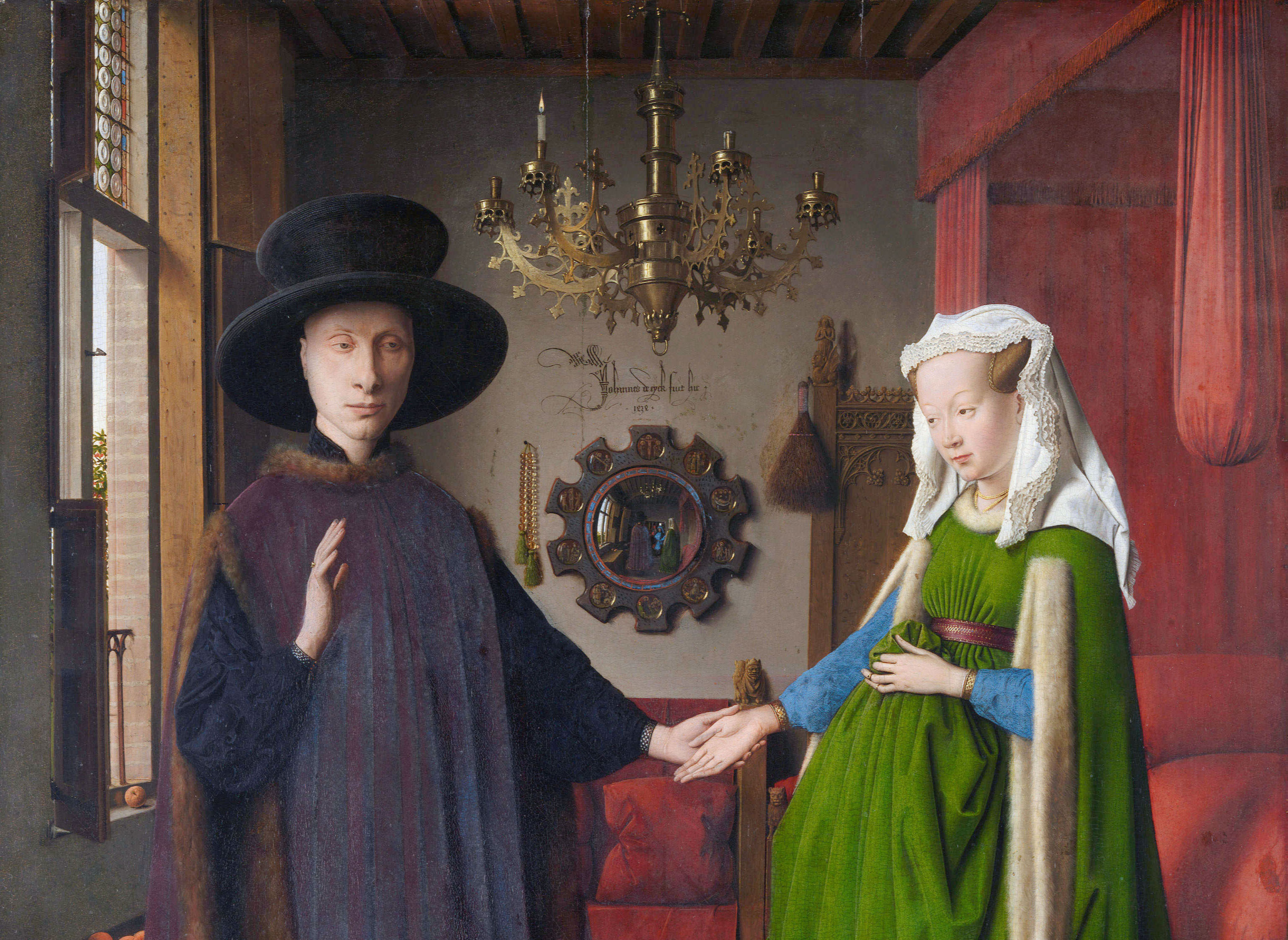Johan Huizinga’s Herfsttij der Middeleeuwen (Autumn/Waning/Autumntide of the Middle Ages) was first published in 1919. At its centenary, Huizinga’s thought and writing still have resonance. Taking as its topic the Burgundian Low Countries and France, it is his style, his electrifying methodology and his provocative argument which lifted Herfsttij well beyond the confines of specialists. Noting that “History has always been far more engrossed by problems of origins than by those of decline and fall”, Huizinga suggested that “The decay of overripe forms of civilization is as suggestive a spectacle as the growth of new ones”.[1] He mapped the ‘decay’, the ‘waning’, the ‘autumntide’, and in the process painted an engaging picture. Huizinga created a powerfully interdisciplinary tapestry of the late Middle Ages, foregrounding visual arts and literature over political nitty-gritty. As much as his method and argument, Huizinga’s lush style was a provocation, urging historians to address a wider readership. And he succeeded. The book has engaged a wide readership, crossing linguistic, national, academic, and chronological boundaries.
A century on, it warrants an attentive re-reading. This virtual reading group therefore sets out a reading scheme which will get us through the book over the next two months. We encourage people to read along with us, whatever your background knowledge. The reading per week is about 40/60 pages (depending on your edition…). If you do not have the time to join for the entire book, feel free to just dip in for the weeks where you have time to read along, or add retrospective thoughts if you’re catching up on a previous week. The reading schedule deliberately includes two breaks to get people back on the same page. Herfsttij is a book which encourages intuition and Huizinga an author who encouraged playfulness, so in that spirit: take this scheme as guidelines rather than rules.
To participate in the conversations: tweet with the hashtag #HoeraHuizinga or comment below. You do not need to join twitter to follow the conversations (though you are more than welcome — #twitterstorians are a lovely bunch!), just check out the hashtag here.
We would encourage everyone to read in the language they prefer. There are many translations around, and it would be intriguing to see people contributing to the conversation from their own linguistic background. There are free ebook versions in English (the shortened Hopman translation; the longer Payton & Mammitzsch translation), Dutch (the original 1919 version; and the rejigged 1949 version), Italian and Spanish. Huizinga kept retooling his Herfsttij across decades, resulting in diverging editions in each language, so feel free to comment on the differences as well.
We very much look forward to thinking through Huizinga’s work together!
Reading Group Schedule English Editions
1: Passion and Beauty
(week beginning 21 October)
Hopman: chapters 1-2; Payton/Mammitzsch: chapters 1-2
2 Chivalry
(week beginning 28 October)
Hopman: chapters 3-7; Payton/Mammitzsch: chapter 3
3: Catch-up
(week beginning 4 November)
4 Love and Death
(week beginning 11 November)
Hopman: chapters 8-11; Payton/Mammitzsch: chapters 4-5
5 Religion
(week beginning 18 November)
Hopman: chapters 12-14; Payton/Mammitzsch: chapters 6-8)
6 Symbolism and Imagination
(week beginning 25 November)
Hopman: chapters 15-18; Payton/Mammitzsch: chapters 9-10
7: Catch-up
(week beginning 2 December)
8 Art and Life
(week beginning 9 December)
Hopman: chapters 19-20; Payton/Mammitzsch: chapter 12
9 Image and Word
(week beginning 16 December)
Hopman: chapters 21-23; Payton/Mammitzsch: chapters 13-14
[1] Johan Huizinga, The Waning of the Middle Ages: A Study of the Forms of Life, Thought, and Art in France and the Netherlands in the xivth and xvth Centuries, translated by F. Hopman (New York, 1924) p. v.
Postscript
Publications have appeared to mark the centenary. They could prove of interest to people reading along:

This is an excellent idea. I first read Huizinga’s Waning of the Middle Ages as a student at Edinburgh in 1966. (I still have my paperback copy of the Hopman translation, price 10/6!) I’m now a retired academic in Wales – too old to understand twitter, I’m afraid, but if I can participate by some other means, I will happily do that.
I would like to agree whole-heartedly with Hugh, having used Huizinga throughout my academic career and having taught with the Payton and Mammitzsch translation just before I retired. I too don’t use Twitter…
wonderful to hear you’d be interested to join! Feel free to comment away with your observations from rereading in this comments section (I’m afraid that was the closest we could get to a public forum), I’ll be checking in with these. Or, if you prefer, feel free to email anything you’d be happy for me to add to the twitter conversation on your behalf. My email is l.corens [at] qmul.ac.uk. Very much looking forward to read what your rereading of the book will throw up!